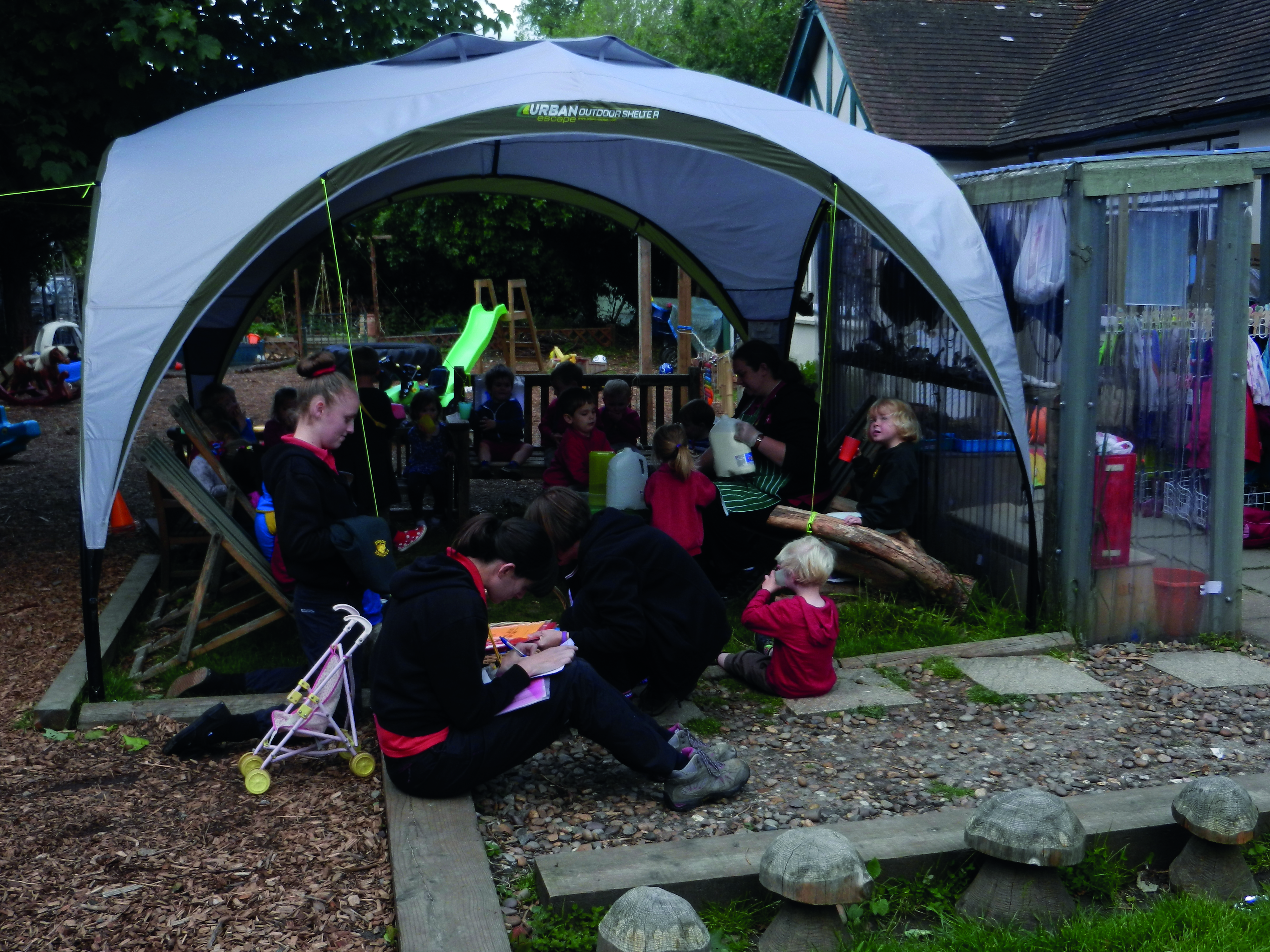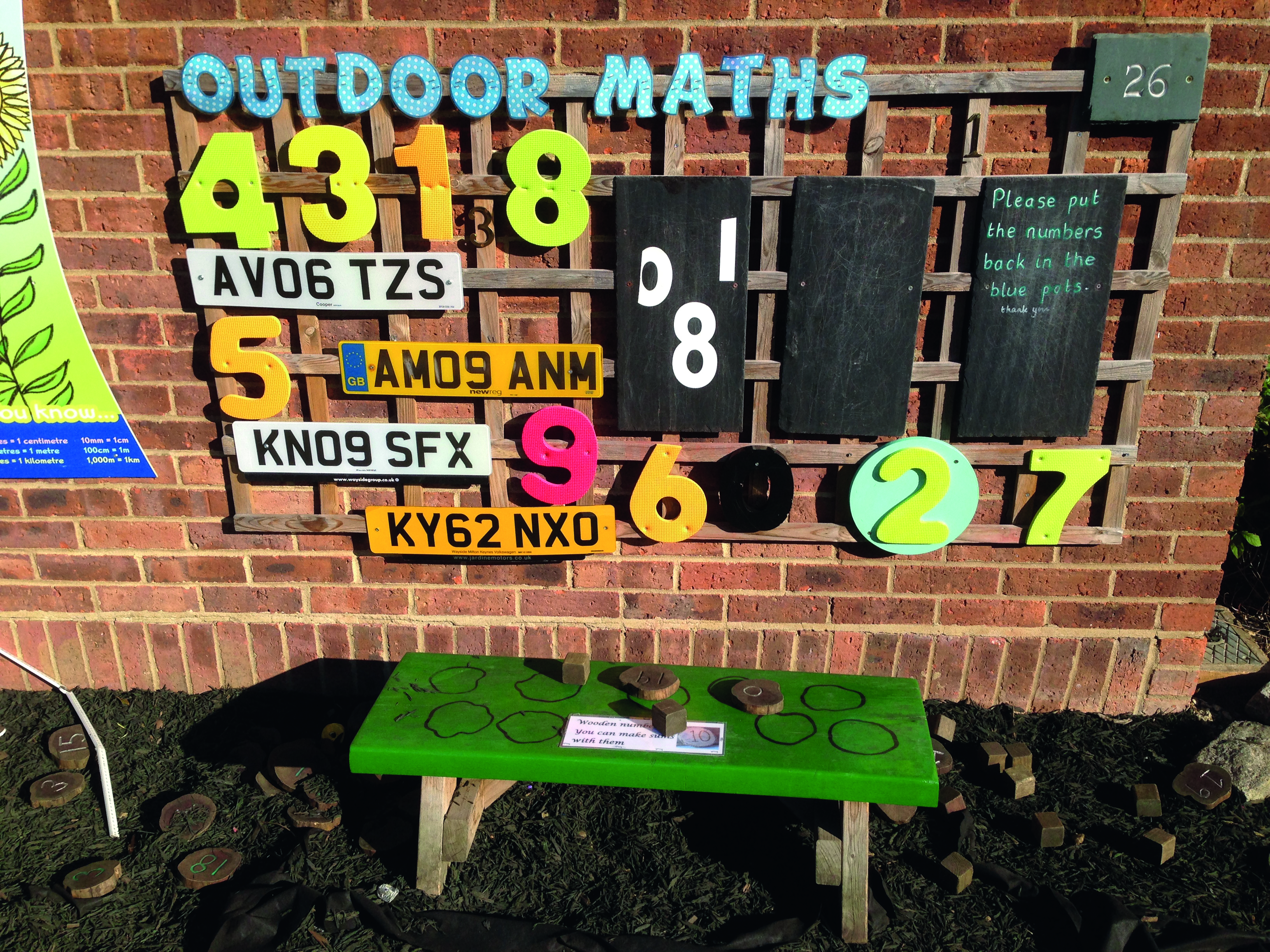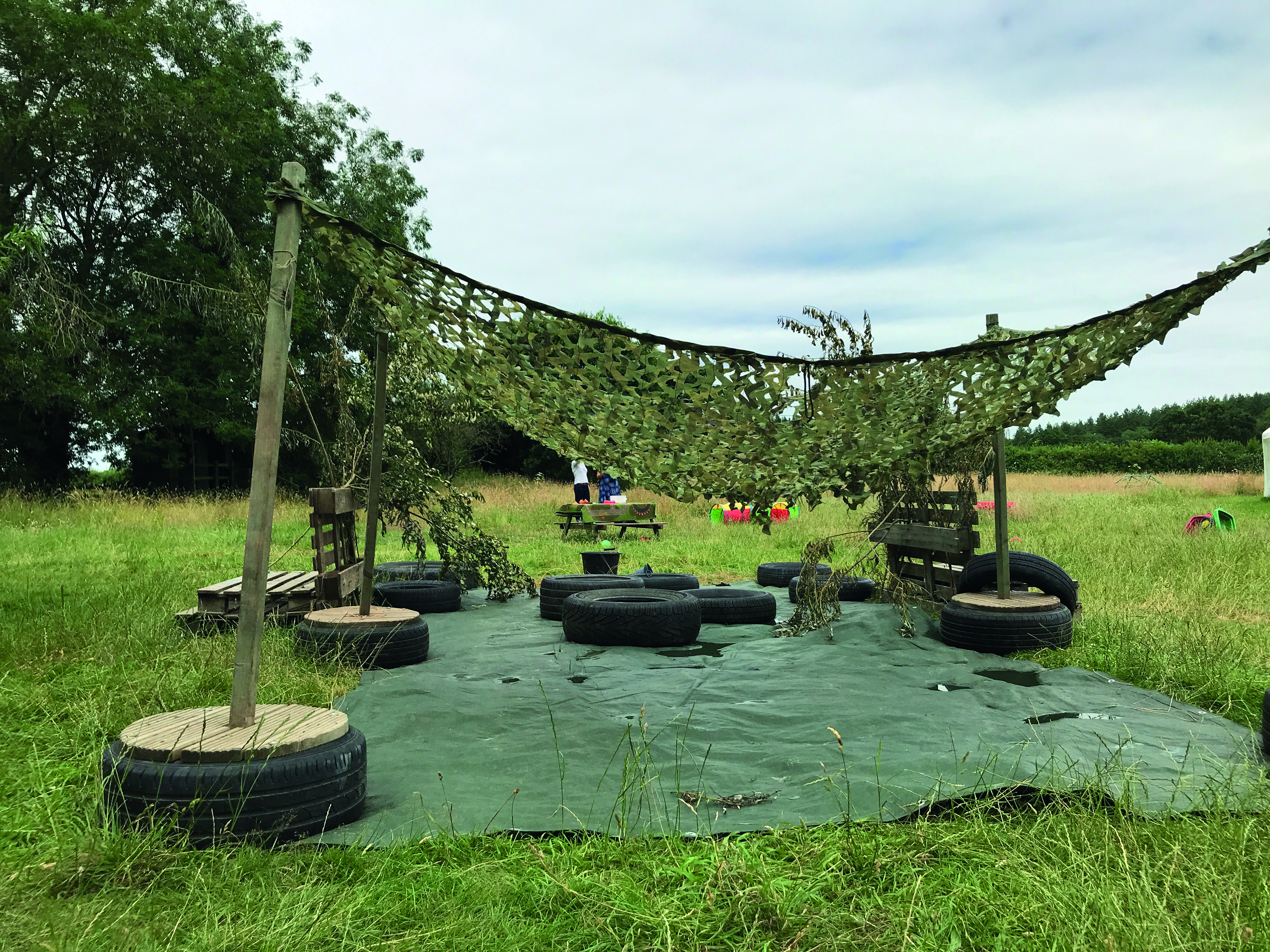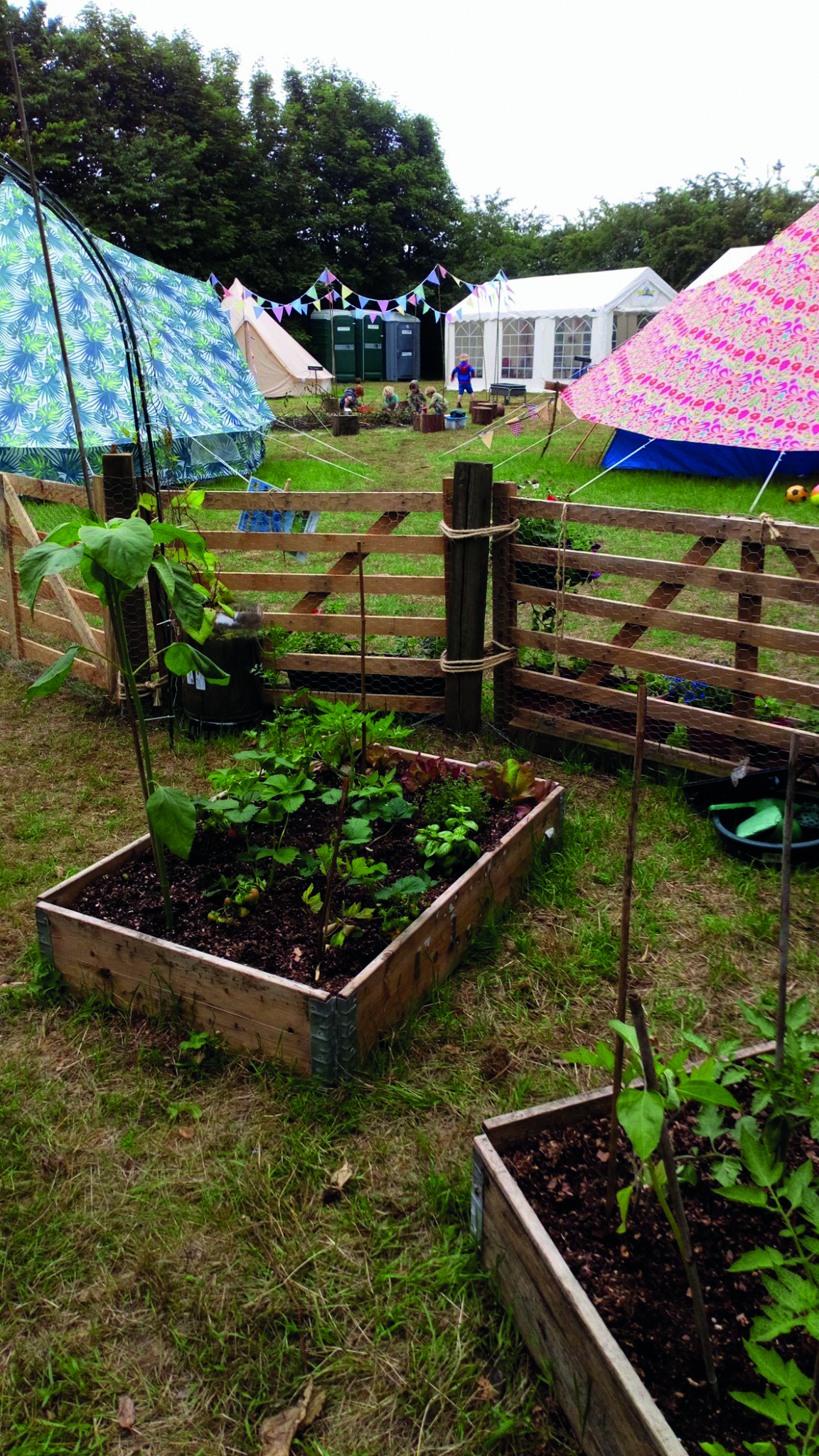
There can be very few families unaffected by the Covid-19 pandemic. For those fortunate enough not to have been taken ill, the stress and uncertainty nevertheless takes its toll, and for some of our very youngest children, routines disrupted, friendships paused and lack of exercise have led to low mood, anger and loneliness.
Among older children, mental health charity Young Minds reports that 80 per cent of survey respondents believed their mental health had worsened1, and Unicef notes that increases in anxiety, poor nutrition and higher levels of domestic abuse are also likely to impact disproportionately on young children, especially those in disadvantaged areas of the UK2. Addressing children’s well-being as they return to their familiar settings will be paramount.
Education and children’s charities in the UK are working hard to help schools, settings and families tackle the impact of coronavirus, and there is a crucial way the sector can support this: by taking – and keeping – the play and learning outdoors. The balance of evidence suggests that not only are children less likely to catch or transmit Covid-19, it seems that rates of transmission are significantly lower outdoors than indoors3.
The importance of access to outdoor play for young children can no longer be in question. However, for some settings it will be significant and challenging to step up from valuing outdoors as a place to ‘let off steam’ or engage in gross motor skill activity to recognising it as the equal of indoors in terms of learning potential.
OVERCOMING THE BARRIERS

While it has been heartening to watch schools and settings embrace outdoors, and work to improve their own outdoor spaces, many of the barriers I have come across over the past 25 years still hold fast. With a better understanding of the role of good mental health and well-being in achievement and attainment, the fear of ‘not getting it right’ has been added to concerns about risk, mess, parental attitudes and cost. Nursery Worldhas examined these in great detail over the years, so this is just a brief look at some common barriers:
Taking risks No part of growing up is without risk. Risk-taking is essential if children are to grow up as competent risk assessors, keeping themselves ‘as safe as necessary’4. By using the ‘benefit-risk assessment’ approach, practitioners can create outdoor environments that enable risk-taking, rather than prevent it.
Mess Outdoors is the perfect place to explore malleable, flexible, tactile materials. Not every child likes the feeling of squishy materials through their fingers; by graduating this challenge and offering a wide range of ‘mess’, children can develop their interest and tolerance levels. Mess outdoors can be left as it is, brushed up or hosed down; mess on children’s clothes can be avoided by providing tabards or using wet-weather overalls.
Parents If parents worry about messy clothes, see above. If parents are worried about children being outdoors in all weather, ensure children are warmly dressed and able to stay dry outdoors. This may mean an investment in appropriate clothing, but it will absolutely be worth every penny. Respiratory diseases – such as Covid-19 and the common cold – are less likely to be transmitted outdoors, and children cannot catch a cold by playing outdoors in cold or wet weather!
Cost High-quality outdoor learning and play needn’t cost anything. Resources you can beg, borrow or acquire as donations can provide your outdoor space with all the loose parts (and sometimes even larger items) it needs to encourage active, purposeful, creative play.
The fear and uncertainty surrounding Covid-19 have added a new set of barriers, and frequent changes in guidance make planning difficult. Understanding, valuing and using the outdoor environment to its full potential will help ease pressure not just on space but also on children and staff themselves.
So, let’s commit to ending this difficult year with a clear plan for developing and maintaining a culture of learning outdoors, recognising that outdoors has value and offers unique opportunities for children. Here are some pointers.

ORGANISING THE ENVIRONMENT
Flexi-zones
If your outdoor space isn’t already flexi-zoned, now could be the time to think about this. I find that strict ‘zones’ outdoors are often inflexible and incompatible with the way children’s needs and interests vary over the course of a season, let alone a year. Flexi-zones (or hubs) are a more generous way to allocate space outdoors. You might have, for example, a mark-making area in one part of the garden, and in another space wildlife habitats.
With flexi-zones, young naturalists and botanists can easily transport mark-making materials to the place where flowers and plants grow, wildlife habitats are located and the grass grows long. Or they may carry hollow blocks from the construction area and fabric from the role-play storage into the long grass to build dens there. Make outdoors work hard for you, in the same way that indoors will have to.
Circulation
Consider how adults and children flow around your outdoor space. Are there pinch points? Are some areas more popular than others, and likely to cause crowding? It may be necessary to appraise internal fences and other barriers critically, and remove some of them if you can’t justify their continued existence.
One-way systems are unlikely to succeed outdoors (unless you have a very large space and very compliant children!), but reducing the numbers of children at pinch points and hubs can help. Moving resources to new locations and introducing compelling play opportunities in underused spaces will ‘spread’ children around the space.
Shade and shelter


Spending more time outdoors means making outdoors hospitable, whatever the weather. Simple shade can be created under trees, in the lee of buildings or structures and with tarpaulins and bungee cords or sheets draped over a washing line. As we move into damper and windier autumn conditions, consider fixing permanent hooks into secure locations (for example, in timber structures, on trees, into brickwork) so that a couple of large tarpaulins can be erected quickly to provide dry areas.
I particularly love using clear tarps, so that the light comes through and play can continue – plus there is something joyful about sitting under and watching the splashing rain, while staying dry.
Retreat
Children returning to settings are likely to have spent a good deal of time in adult company, and may find interacting with several, let alone many, children physically and emotionally arduous. Retreat is an important part of any early years environment, indoors or out, but it takes on new relevance now. Children will need somewhere to decelerate if they feel overwhelmed, to observe without participating and to be solitary.
Identify and celebrate your outdoor hidey-holes – and create new ones if you have very few. Children don’t need to be visible every moment – it is fine for you to know where they are and hear them.
Social distancing
It is possible that by the time you read this, other nations in the UK will have followed Scotland’s lead and lifted social distancing restrictions on children playing outdoors. It is already widely accepted that social distancing in early years settings is practically impossible; therefore the focus should not necessarily be on keeping children apart, but instead on enabling them to maintain robust personal hygiene routines.
CASE STUDY: Malton Montessori School, York

Since reopening in June, Malton Montessori School’s early years department has moved entirely outdoors. Their experiences since December last year have been particularly trying, with children presenting with symptoms that were initially diagnosed as croup or asthma.
One single day saw 19 children sent home with Covid symptoms, and eventually the setting had to close, as staff, including manager Anja Rutter, also caught the virus. She and colleague Freja explain that the only way they could reopen safely was to take the entire setting outdoors. A local landowner offered them two fields, where they installed themselves, along with portaloos and permanent tented shelters.
While the resources have had to be ‘pared down’, the enriched natural environment has had a positive impact on children’s well-being, and new routines and resources are supporting the enhanced outdoor offer:
- A large garden sprayer has been repurposed with a solution of antibacterial spray and water, and is used during the day to spray resources.
- Children use ‘tippy taps’ to clean their hands, and many do so independently; other children help each other to use these hands-free stations.
- Only metal implements are used in areas such as the mud kitchen; after each ‘bubble’ has used them, the children wash off the mud, place the implements and resources in a nearby hula hoop on the ground, and an adult sprays them ready for the next group to use.
- The Montessori principles still hold fast: older children helped make accommodation and runs for rabbits and chickens, and everyone helps care for the animals and have been working on the new allotment.
- Large ‘festival-style’ tents have been erected, with sides that can roll up to allow a breeze to blow through; each tent can accommodate up to 18 children, but bubbles of six per adult are the ratio Malton is working with.
- An allotment garden has established quickly thanks to warm, wet days.
- The old ‘indoor’ learning resources have been replaced with tyres, pallets, wood offcuts and even a little vintage Ferguson tractor for children to climb all over. ‘I used my advertising budget to buy it,’ explains MsRutter, ‘and now the dads have formed a vintage tractor group, and the news about it has encouraged new families to join us.’
FOOTNOTES
- https://youngminds.org.uk/media/3904/coronavirus-report-summer-2020-final.pdf
- www.unicef.org.uk/wp-content/uploads/2020/04/Unicef-UK-Children-In-Lockdown-Coronavirus-Impacts-Snapshot.pdf
- www.ecdc.europa.eu/en/covid-19/latest-evidence/transmission
- www.tinyurl.com/HSEplay – HSE’s statement on ‘a balanced approach’
MORE INFORMATION
- The Early Years Alliance has plenty of helpful articles and updated links to government advice, www.eyalliance.org.uk
- Action for Children, www.actionforchildren.org.uk
- Unicef, www.unicef.org.uk
- Young Minds, www.youngminds.org.uk
- ‘Interacting or interfering’ training course, https://bit.ly/2Owkgcc
- Malton Montessori School on Facebook, https://www.facebook.com/maltonmontessorischool
- Bus Stop Pre-School, https://www.busstoppreschool.co.uk
- Interacting or Interfering? Improving interactions in the early years by Julie Fisher
Next month, in part two, I will look at areas of the curriculum outdoors and find out more about how settings are adapting to the new normal by maximising their use of outdoors









